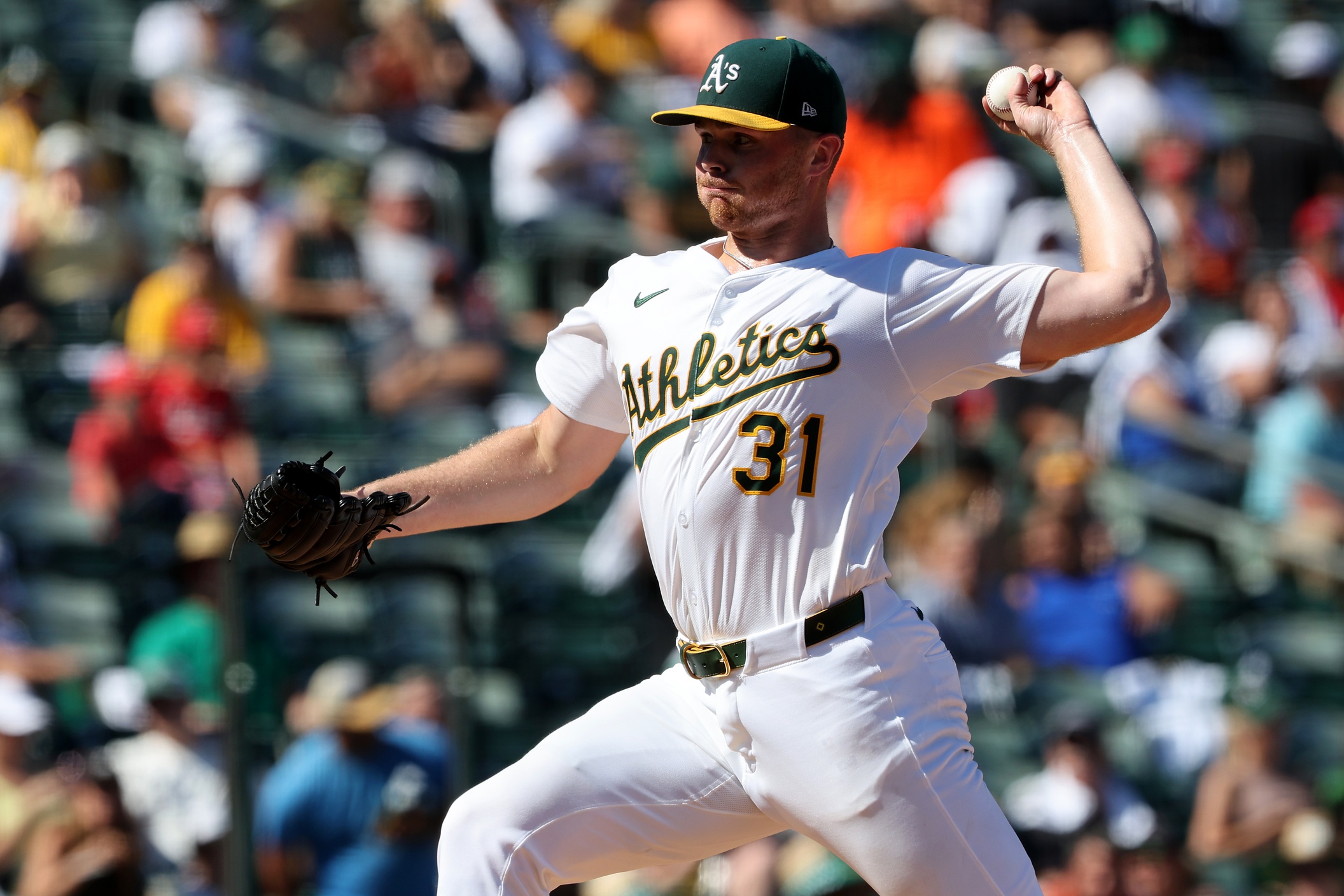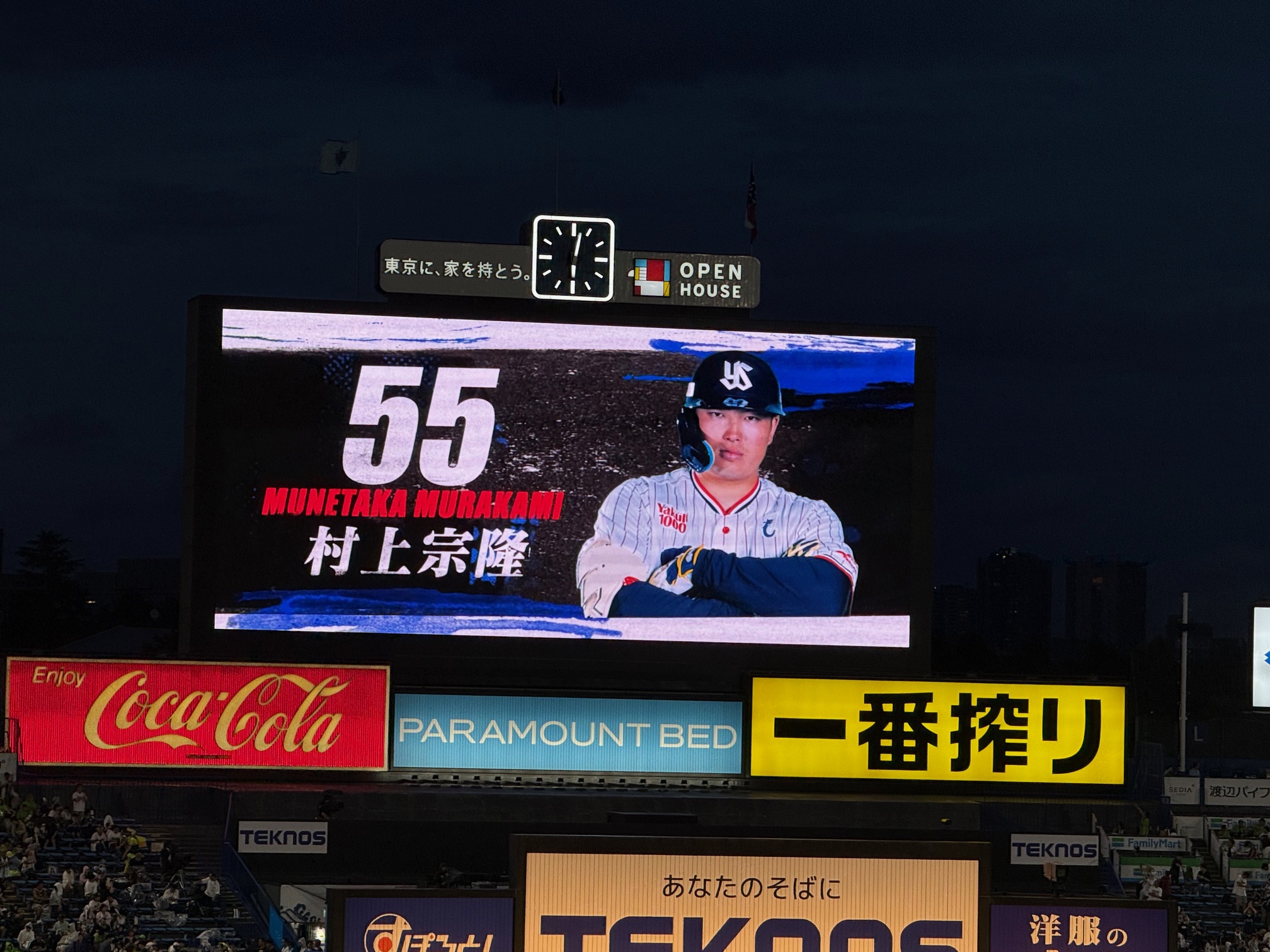NASHVILLE -- How did Duncan Davitt land the plush job of a sports columnist for the Indianola Independent Advocate, which has suddenly been producing more first-person features about life in professional baseball than the typical Iowa newspaper?
"My parents actually run it," Davitt said. "They own it and everything, so call it a little bit of nepotism if you will."
Davitt, the 6-foot-3-inch right-handed pitcher acquired by the White Sox at the deadline in the Adrian Houser trade, said he did his fair share of writing while studying history at the University of Iowa, and he took a couple of journalism classes along the way.
"I kind of brought it up to them, like, 'Hey, this might be something interesting. It'd be fun. You get something out of it. I get a little sort of a diary, if you will.' And they're like, 'Yeah, sounds kind of interesting.' It's done pretty well, people seem to enjoy it, so it's been good."
Davitt said Indianola, with a population of around 15,000 situated 20 miles south of Des Moines, enjoys its baseball. The city claims Casey Blake as an MLB alum, but his three brothers also starred locally, with Ben and Pete joining Casey in the professional ranks, while their father Joe coached at Simpson College, the local higher education institution.
"That whole family's always been very, very baseball-oriented, and I think it kind of carried over to the town," Davitt said. "The town really cares about their baseball, and it's kind of a point of pride for them."
Reaching Triple-A for the first time this season, Davitt is a step away from joining Casey Blake in the Indianola-to-MLB pipeline, but he's come from further off the radar. The Rays drafted him out of the University of Iowa in the 18th round of the 2022 draft, and he signed for $25,000 ("I hadn't even bothered to ask how much my signing bonus would be," Davitt wrote in January, while also mentioning the White Sox were one of a few known interested teams). He spent most of his senior season in the Hawkeyes bullpen, but stood out enough while pitching for the Mahoning Valley Scrappers in the MLB Draft League to warrant a late Day 3 pick.
But Davitt had a rocky start to his pro career. He posted a 6.87 ERA in Low-A Charleston bullpen to start his first full pro season in 2023, and only earned a rotation spot in the Rays system by happenstance. Despite the unimpressive numbers, the Rays bumped him up to High-A Bowling Green before Memorial Day, where he continued to pitch multiple-inning outings shakily out of the bullpen until an injury opened a rotation spot. Davitt was stretched out and rested enough to cover the start on short notice, and when he came through with 3⅔ scoreless innings on just 36 pitches, he earned another look.
Eventually, Davitt showed that he performed better as a starter than he did out of the bullpen, and he hasn't made a traditional relief appearance since. Instead, he's thrown lots of starts (51 the last two seasons), and a lot of innings (exactly 136⅔ each year, with more to come today). The adjustment to Triple-A after his promotion in early July has had its bumps, but he's completed at least five innings in all of his six starts with Charlotte, balancing out at a 4.64 ERA over 33 innings thus far.
Davitt, a low-slot righty whose best fastball touches 93, does it with a broad arsenal. Statcast counts as many as seven pitches, but Davitt describes it as five -- fastball, cutter, sweeper, curveball, changeup. The breaking balls can take three distinct depths.
"Typically, if I feel like I'm good with one of [the breaking balls], they're relatively similar in terms of release," Davitt said. "If you want to think about it mechanically, I'm a very big supinator, so anything that's moving to the glove side, I'm going to have a pretty decent comfort with. So if I'm getting anything going that way and it's good, pretty much all of them are going to be there."
The cutter is the newest pitch. It's an in-season addition he wrote about and documented with video, designed to combat the left-handed hitters who have vexed him more than righties during his career.
"That's always the challenge," Davitt said about the sizable platoon splits, in a manner reminiscent of Jonathan Cannon's own quest. "And that's kind of the whole point of developing the cutter was just something I can get up and in to a lefty a little bit better. That's always the focus. The changeup's always going to be something that I'm going to have to lean on to lefties, the cutter is going to be bigger, just working the fastball in on them, and then the two bigger breaking balls are always going to be more of a kind of back door or more finish pitches."
In another column for the Independent Advocate talking about the experience of being traded, he said the White Sox are an organization that doesn't shy away from making quality out of quantity:
As for player development, the priorities are certainly different.
The Rays focus on developing relief pitchers who have two elite pitches, while starters will throw three or four; very few throw five. In fact I can only think of two or three. Most of the time, the Rays look to develop four seam fastballs, short sliders, and change ups, while some starters will throw some variation of a bigger breaking ball (sweepers or curveballs).
The White Sox, on the other hand, seem to focus on developing well-rounded and diverse arsenals. Most starters are throwing four or even five pitches. Several relievers are throwing three different pitches. A few even throw four.
The pitching coaches who were on hand in Nashville said they're still in the phase of evaluating Davitt's arsenal as they see it in action for themselves.
For White Sox pitching coordinator Matt Zaleski, the offspeed offering is the first place he looked, although the initial attempt at a seam-effects changeup looked more like a slow sinker.
"He is a little bit more of a supinator than most guys, and there is an avenue that you can grab seams with," Zaleski said. "But what we found out from what he said he's tried, the velo tends to be like 87-88 out of it, and the cost-benefit isn't worth it."
A different pitch caught the attention of Charlotte pitching coach Scott Aldred.
"The one pitch that maybe I'm not real fond of in the repertoire is the curveball," is how Aldred started his assessment. "However, he went to it a good amount of times (in the Nashville start) and it worked really well for him. It makes me still sit and watch a little bit with him, because he's relatively new here, and you just don't want to pounce on a guy like that and try to change a bunch of things."
Aldred added that he'd like to see Davitt attack the zone against lefties, as he's running an uncharacteristic 10.4 percent walk rate in Charlotte, and bad counts complicate the process of determining how the pitches actually play. Again, this sounds very similar to Cannon's ongoing tug of war, so if that track is any indication, Davitt will have to strike a balance between investigating all the promising tweaks and learning how to best use what's he's already developed.
Davitt will turn 26 as the season comes to a close, and then he'll enter a winter with a couple of novel wrinkles. It's his first offseason with a team besides the Rays, and the White Sox have to decide in mid-November whether to add him to the 40-man roster, or leave him exposed for the Rule 5 draft at the winter meetings. However it unfolds, there's a decent chance you'll be able to read all about it.






